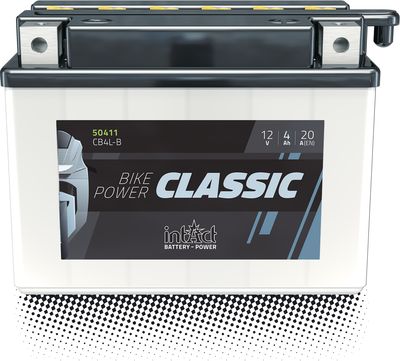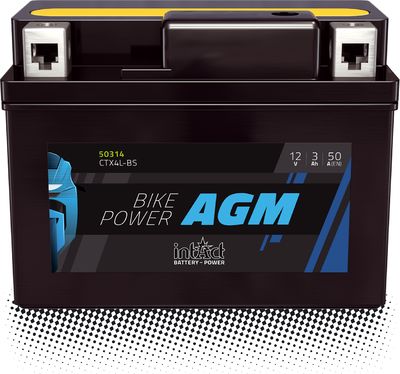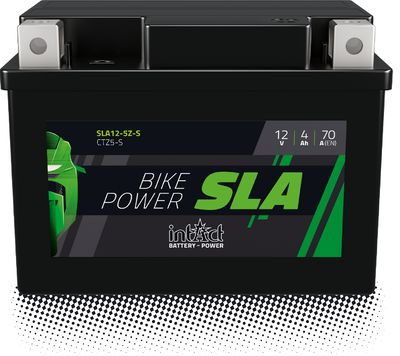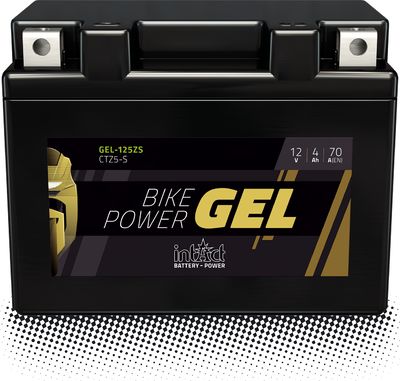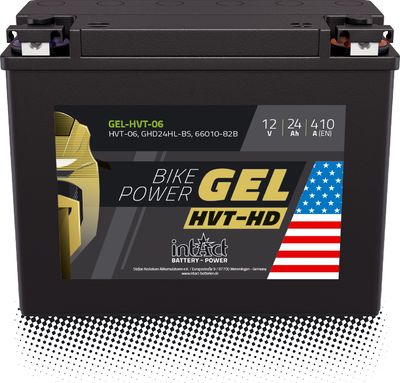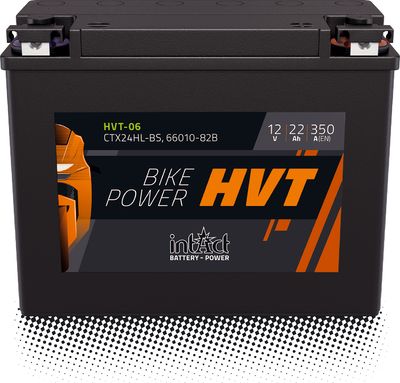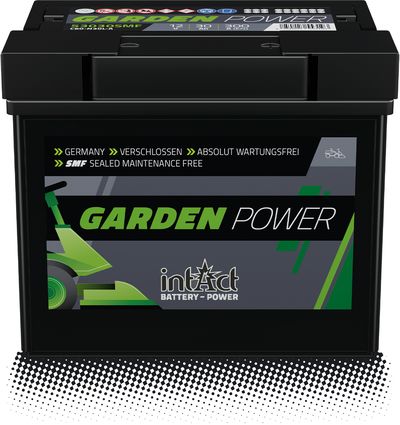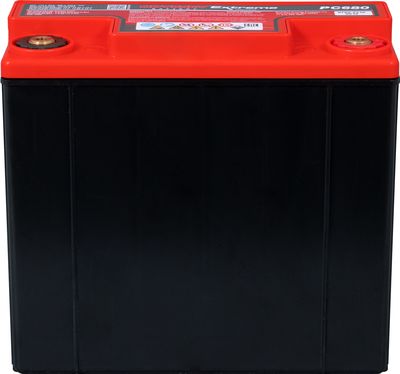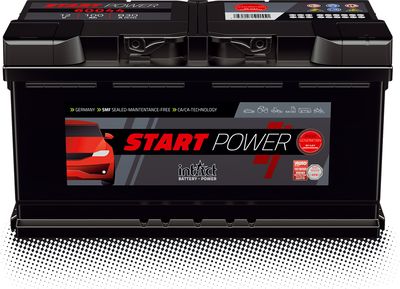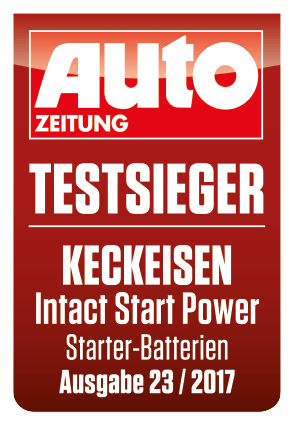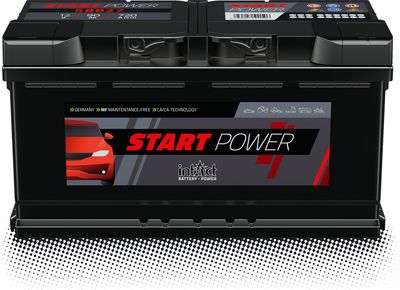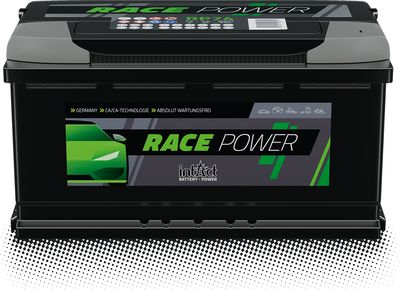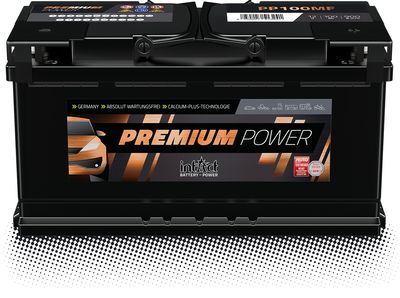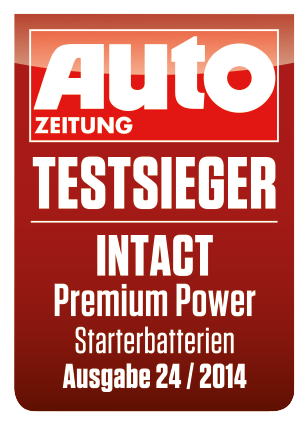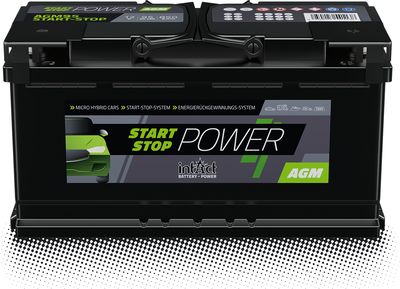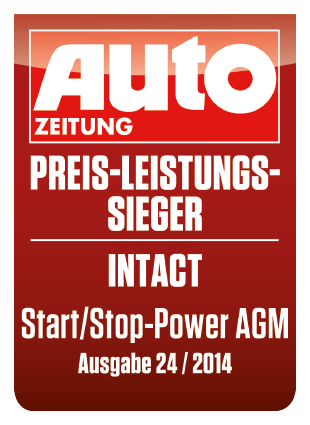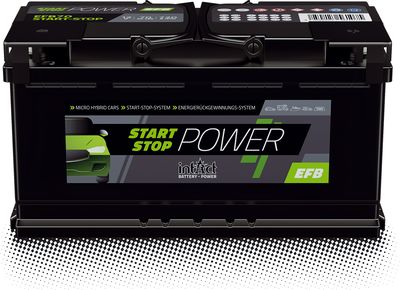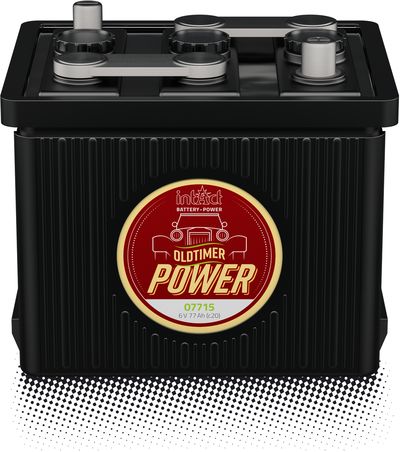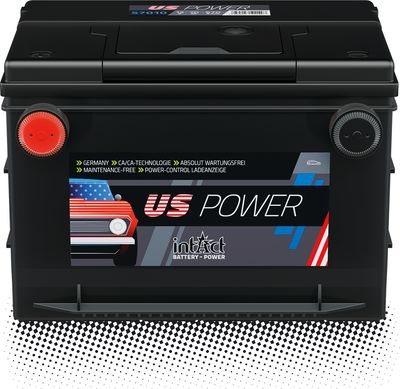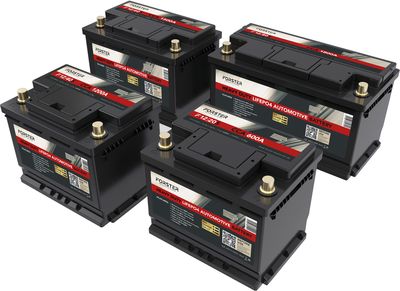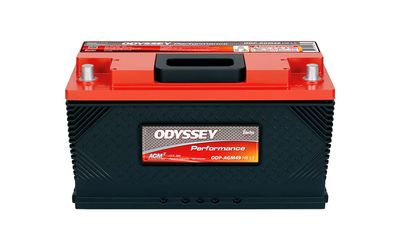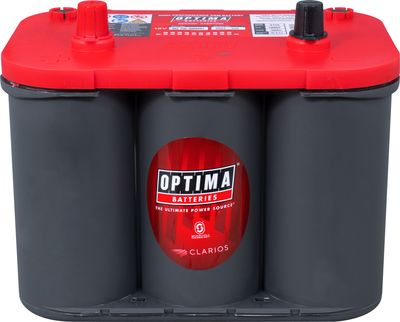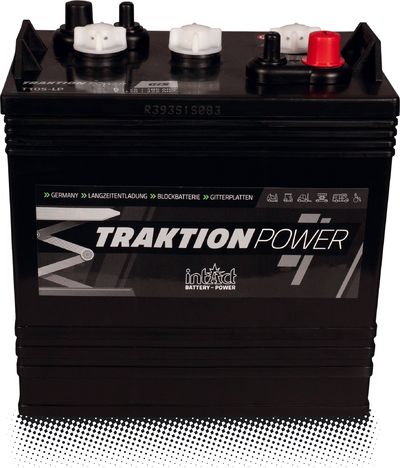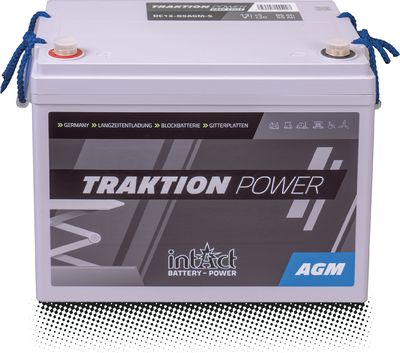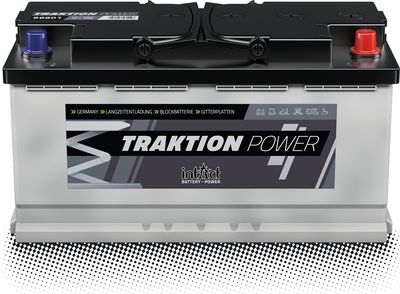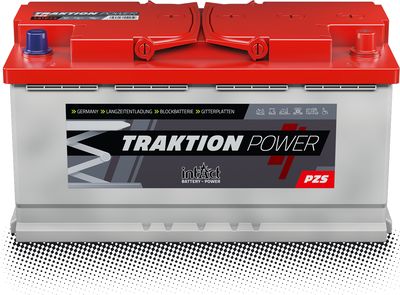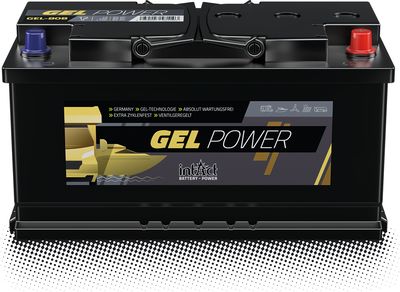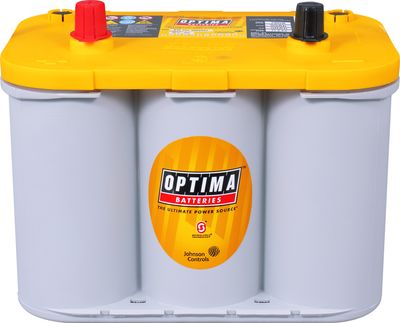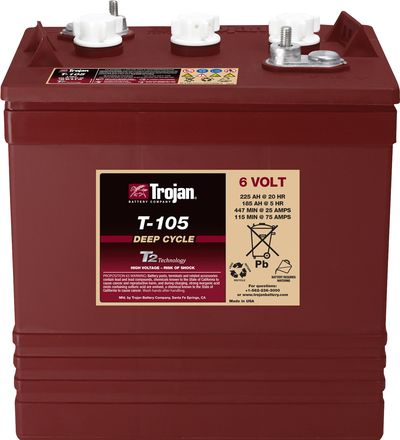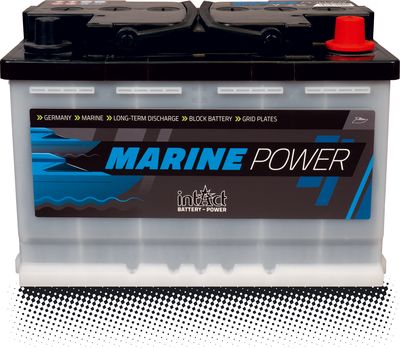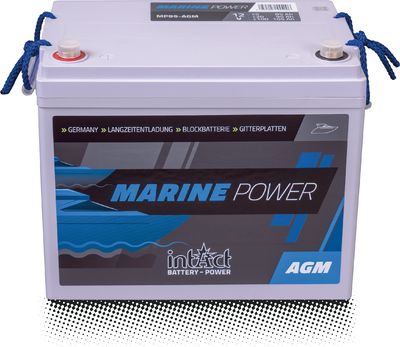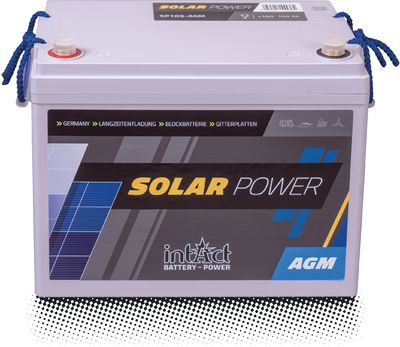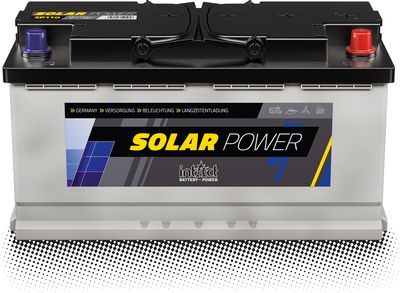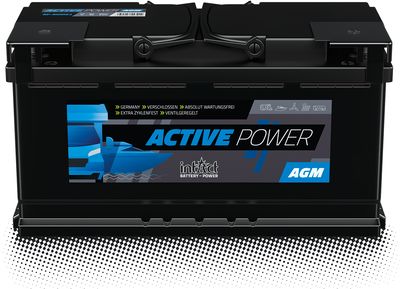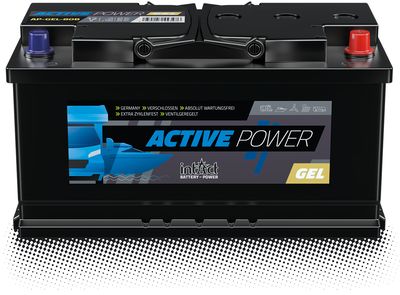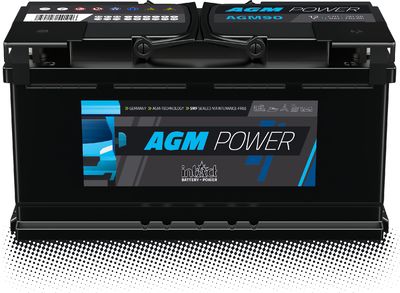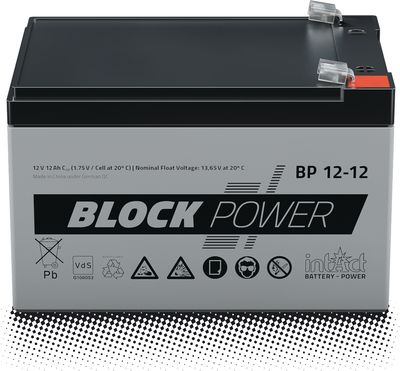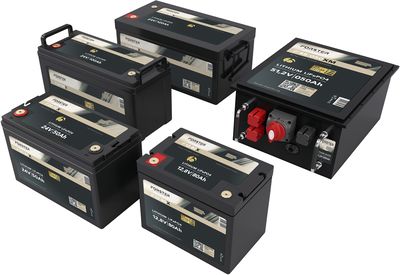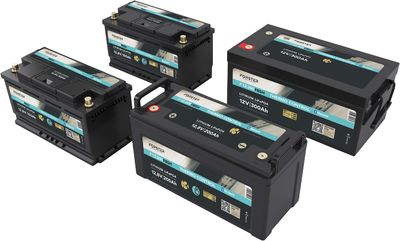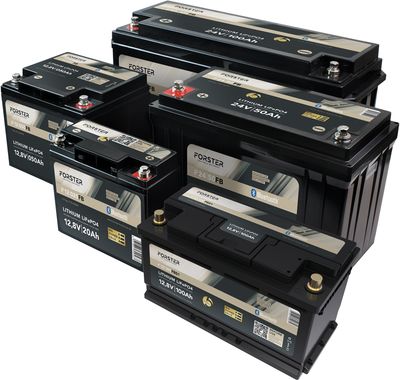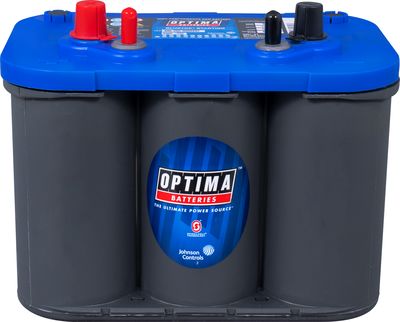Fluid evaporates in batteries during the chemical reaction to generate electricity, more so in a wet battery than in an AGM or GEL battery where the acid is fixed in non-woven or as GEL respectively. Unlike these sealed batteries, the vapor in the sealed …
Chargers for rescue and safety vehicles
Emergency and rescue vehicles and other safety-related types of vehicles often sit around for months, but when it comes down to it, they need to be ready at a moment's notice to put out fires, rescue injured people or clear roads.
Chargers like the Fronius …
For plugs: Simply open them and look inside.
Low maintenance batteries have a distinct advantage: if something is wrong, you can open them and look inside. What you see will give you some clues.
Warning: You can tell if the battery can be opened by the individual plugs on the top. Often these lead-acid …
In a nutshell, the battery generates electricity, which it delivers to the consumers. It is charged and is ready again.
So far, so good. Meanwhile, a bit of chemistry happens inside the battery.
Current flow
In principle, current flows between a positive …
Charging during long idle periods
If the vehicle is stationary for long periods and you make a lot of short journeys, it is advisable to charge the battery regularly with a charger, even if the battery has a low self-discharge rate or high cold-start performance. The exact intervals depend …
What does damage to the battery box indicate?
Damaged battery box
If the housing is leaking, cracked or chafed, this indicates destruction by external influences.
Tip: Look for a robust design in your next battery.
Deformed battery case
If the housing is deformed by heat, this indicates a defective …
What does low maintenance mean?
Low-maintenance batteries can be recognised by the removable sealing plugs on the top, the vent hose and the white or transparent housing. In these batteries, the electrolyte is in liquid form, i.e. it is not bound as GEL or in fleece. They are not sealed …
Batteries without vent hose
Only conventional, wet batteries need a vent hose, because they gas strongly during operation. The resulting steam can escape through the openings in the plugs. To prevent the vapour from damaging the vehicle, conventional batteries are vented to the …
The order of disconnection and connection
The negative terminal is connected to the body, hence the name grounding. If you accidentally touch the positive terminal and the body at the same time when the negative terminal is connected, e.g. with a metallic tool, a short circuit could occur that …
What types of supply batteries are there?
In order to withstand the stress of cyclic operation for a long time without an excessive drop in performance, the active material in supply batteries is particularly well protected.
Depending on the technology used, this is done in different ways:
In …
